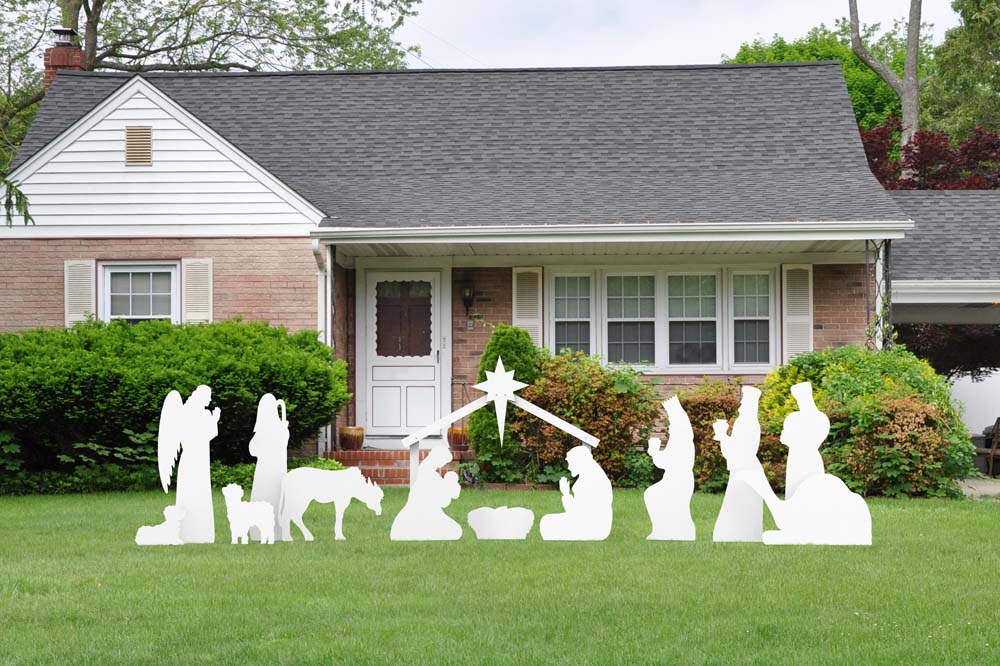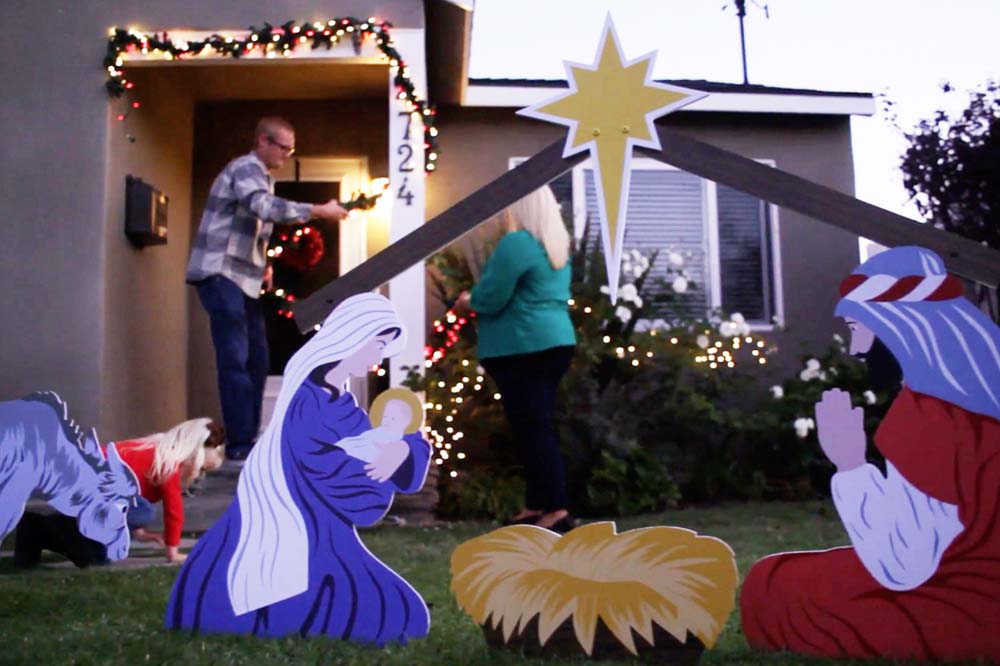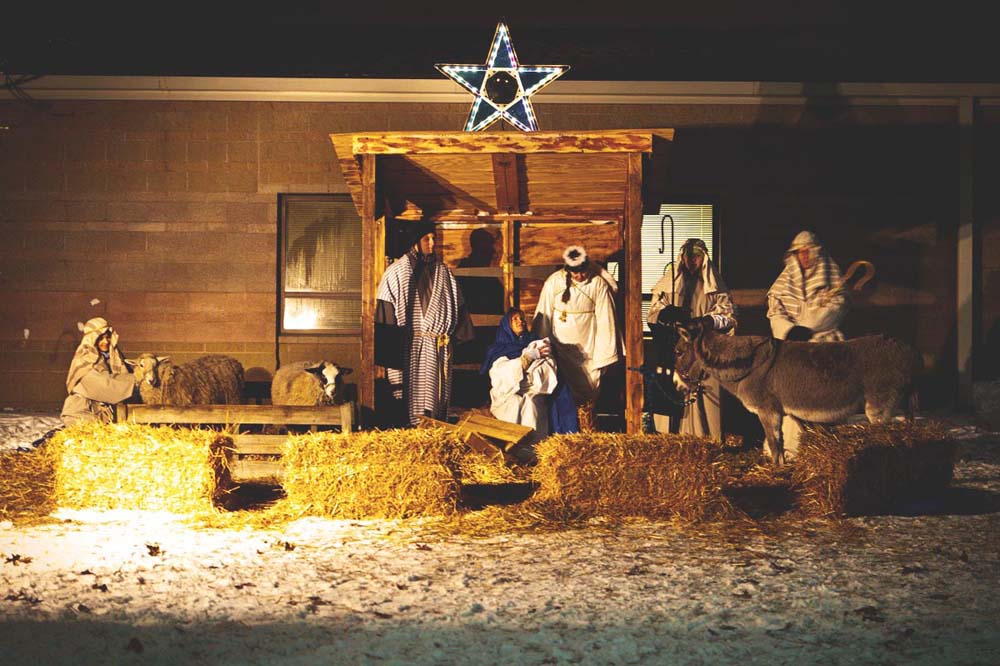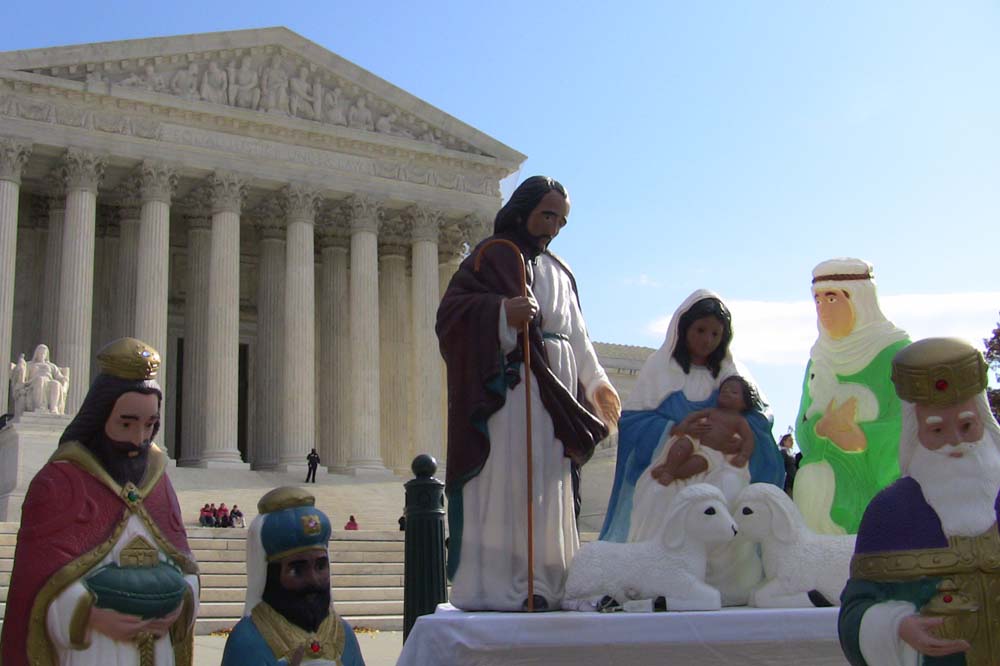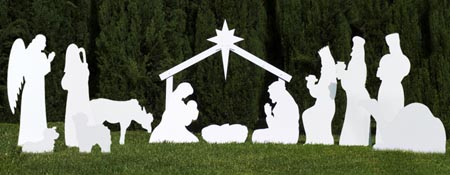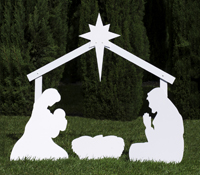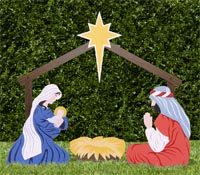The Art of the Nativity: Sculpture and Carvings
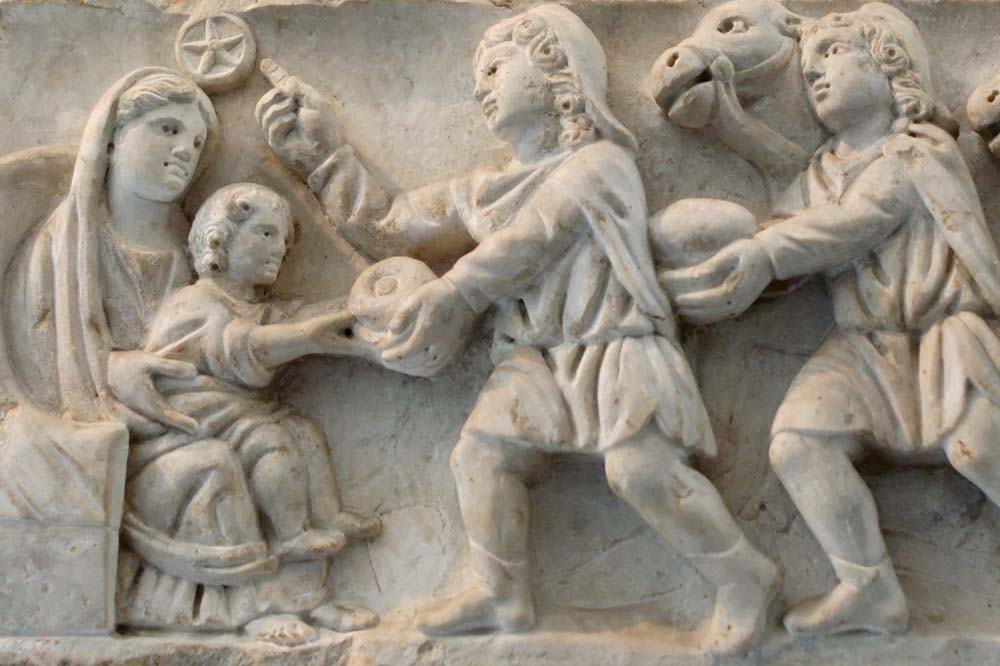
“And she gave birth to her firstborn, a son. She wrapped him in cloths and placed him in a manger, because there was no room for them in the inn.” – Luke 2:7
Since the early 4th century, artists have attempted to capture the wondrous night of Jesus’ birth. Prior to that time early Christians focused mostly on the Resurrection with their art.
“Nativity scenes only caught on after Christianity was adopted by the Romans and the pagan festival of the birth of the Sun, after the winter solstice, was replaced with the Christian festival of Christmas – birth of the Son,” according to scholar Swee Hong Lim. In an article about Christmas and art, published in the journal Christian Reflection: A Series in Faith and Ethics, Lim writes, “Most Christian art forms tend to reflect the cultural backdrop of the artists and the anticipated receptivity of the community.”
Reliefs – which are carvings in a surface, such as the wall of a cave or a tomb – are some of the first examples of Nativity art historians have discovered.
One of the earliest representations of the Nativity is a relief dated the year 343 that depicts Baby Jesus lying in the manger accompanied by an ox and a donkey. Mary and Joseph are not present. Matthew Powell, author of The Christmas Crèche, explains, “For their images early Christians were looking to what they considered the Old Testament’s prophecies of the Messiah. Isaiah 1:3 states: ‘The ox knows its owner and the ass its masters’ crib.’”
In his 13th century work, The Golden Legend, James of Voragine, a Dominican, explains that Mary rode the donkey on the journey to Bethlehem, and Joseph brought the ox with them as payment for the census tax decreed by the Romans.
Others have theorized that the animals were there in the manger when the Holy Family arrived. Still others have supposed the animals were brought in to help keep the baby warm. Whatever the case, these two animals find their way into most early depictions of the Holy Night and continue to be part of modern nativity scenes as well.
The popularity of carvings of the Nativity continued into the Middle Ages and gained momentum in the Renaissance, especially in Italy. An early example is a relief of The Adoration of the Magi that decorates a 4th-century Roman sarcophagus.
Reliefs of the Nativity and of the Epiphany were a popular choice for altars, walls and doors of the time. Powell lists the following as some of the best examples of these reliefs found in Tuscany: Andrea Orcagna’s relief in Florence, Giovanni Pisano’s in Pisa, Andrea della Robbia’s and Niccolo Pisano’s in Pisa and Antonio Rossellino’s and Benozzo Gozzoli’s in Volterra. In Germany, an altar carving of the Nativity is another fine example.
Another way early Christian artists gave a three-dimensional look to the Nativity was with statues. Italy’s Sacri Monti, which translates to sacred mounts, is a good example. The Sacri Monti are a series of outdoor statues that depict the life of Jesus, and they were a popular destination for pilgrimages.
The most famous of the Sacri Monti was found northwest of Milan in Varallo. Fifty small chapels contained images of Christ, and 11 of the chapel scenes told the story of His birth.
In addition to paintings, carvings and sculptures of the Nativity have provided a way for us to picture the night Jesus was born in a new way. Drawing largely on the Gospels of Luke and Mathew for their content, these three-dimensional representations paved the way for the nativity scenes that people all over the world enjoy inside and outside their homes each Christmas season.


